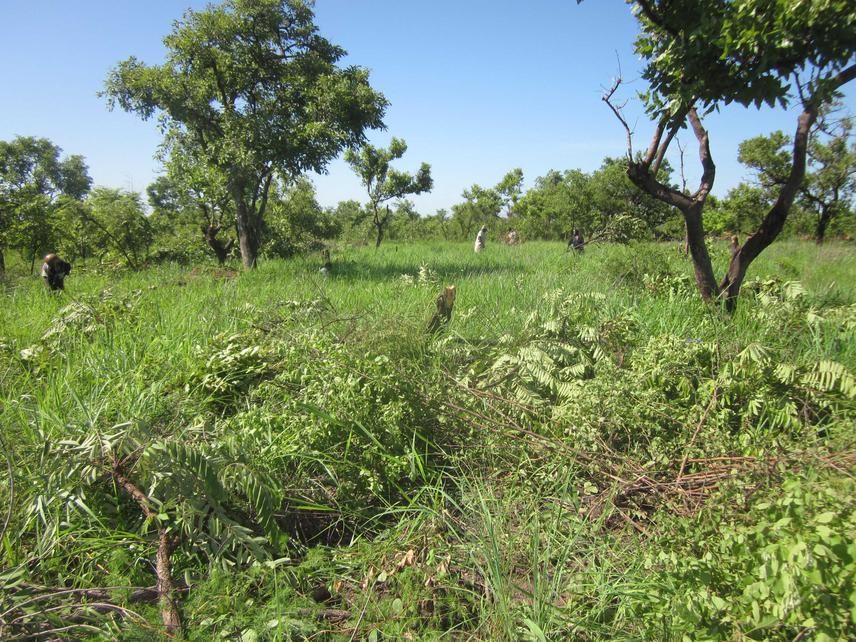Ssemwanga Mohammed
Other projects
2 Sep 2019
Creating Enabling Conditions for Long-Term Conservation of Bothriocline auriculata Species in Uganda
This project aims to evaluate the current conservation status, spatial distribution and species richness of Bothriocline plant species, mainly focusing on the critically-endangered Bothriocline auriculata species from its known native ecosystems in Uganda. The project will also identify and rank the major ecological threats to Bothriocline auriculata plant conservation and their causes within its native environment. The Bothriocline auriculata species samples will also be collected and regenerated into mass seedlings, and they will be planted back into their native ecosystems and also introduced into the new ecosystem in Mabira tropical rainforest in Central Uganda, to support full recovery. The project will also assess the growth performance of the regenerated Bothriocline auriculata species both in their native ecosystem and new Mabira tropical rainforest environment.

Among Bothriocline plants, Bothriocline auriculata is the only endemic species in Uganda. Although Bothriocline auriculata species thrives well in wide range of ecosystems: mountainous areas, bamboo thickets, montane and tropical rainforests, it is only sited on Mount Elgon slopes between 2745-3150 meters Above Sea Level. This is the only known remaining species natural habitat and is being rapidly destroyed, as the exponentially increasing local populations look for more land for arable farming, settlement, deforestation for fuelwood and timber, and overgrazing. Despite its ecological importance as a soil cover plant protecting the soils against erosion, nutrient recycling, and herbal medicine source, Bothriocline auriculate plant population is declining at unprecedented rates from its native ecosystem and is currently at a blink of extinction, and now classified as ‘critically endangered’ by the IUCN: International Union for Conservation of Nature.
Therefore, this project seeks to evaluate the current conservation status, spatial distribution and species richness of Bothriocline auriculate population in its native habitats using field surveys. During the surveys, major threats to species conservation will be identified. Species seeds and vegetative samples will be collected and regenerated into mass seedlings using propagation techniques such as the traditional germination and advanced plant tissue culture procedures. Afterwards, the regenerated seedlings will be re-propagated back into its native habitats, and simultaneously introduced into a new Mabira tropical rainforest ecosystem. The Mabira rainforest is chosen because it has identical weather conditions with native habitat, thus bi-modal rainfall pattern with a mean annual temperature of 21 to 25oC and elevated at 1340 meters Above Sea Level. Afterwards, seedling growth performance in the native and Mabira ecosystems will be assessed under different in-situ management practices namely; active management, habitat restoration, and habitat preservation in a randomised eco-geographical field experiment trials.
Thus, the regenerated seedlings will be monitored from sowing to maturity, under a Complete Randomized Design experiment. Data on species growth performance and/ or habits, thus number of leaves, plant height, vigor and seedling rate, as well as soil and weather data in both ecosystems will be recorded. Also, the corresponding principal causes of endangerment to the species conservation will be assed. The experimental data collected will help guide Bothriocline auriculate species-specific conservation management practices to ensure full species rescue, recovery and independent regeneration under the natural environment.